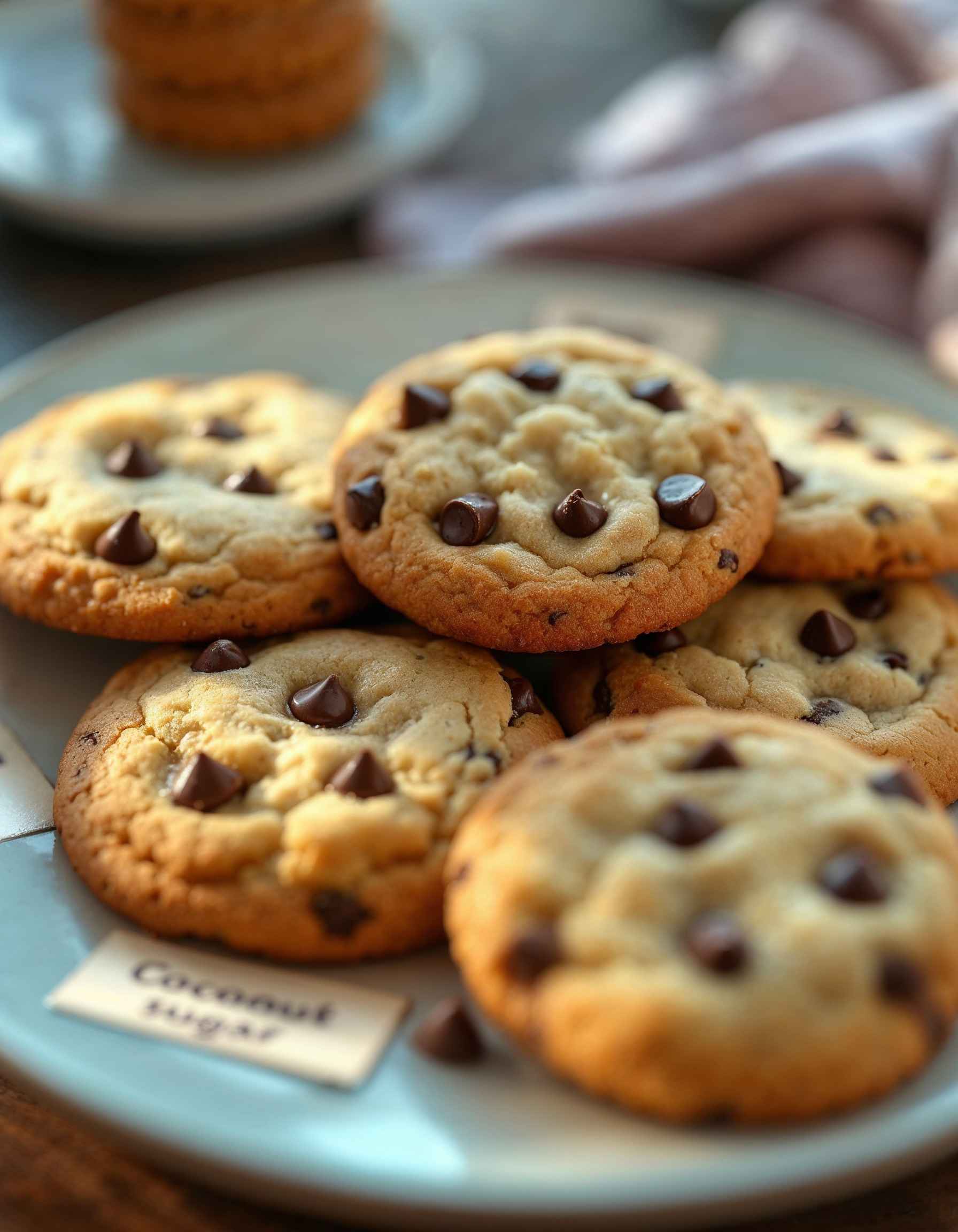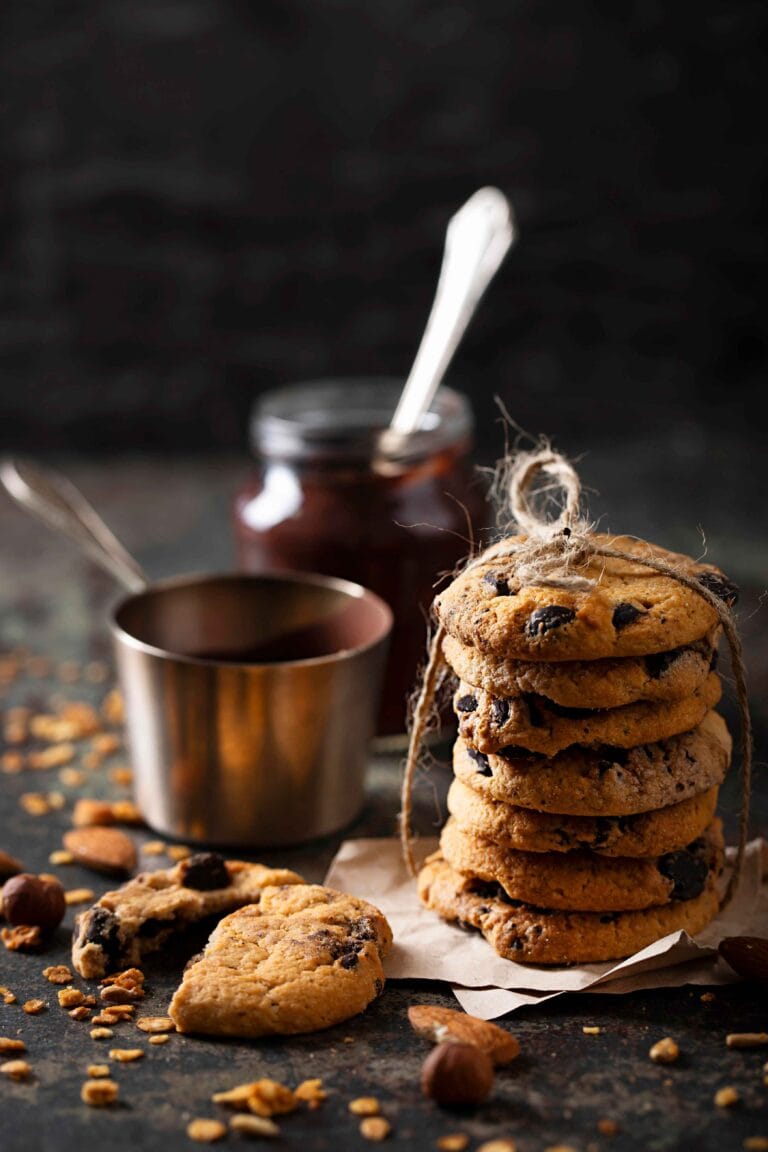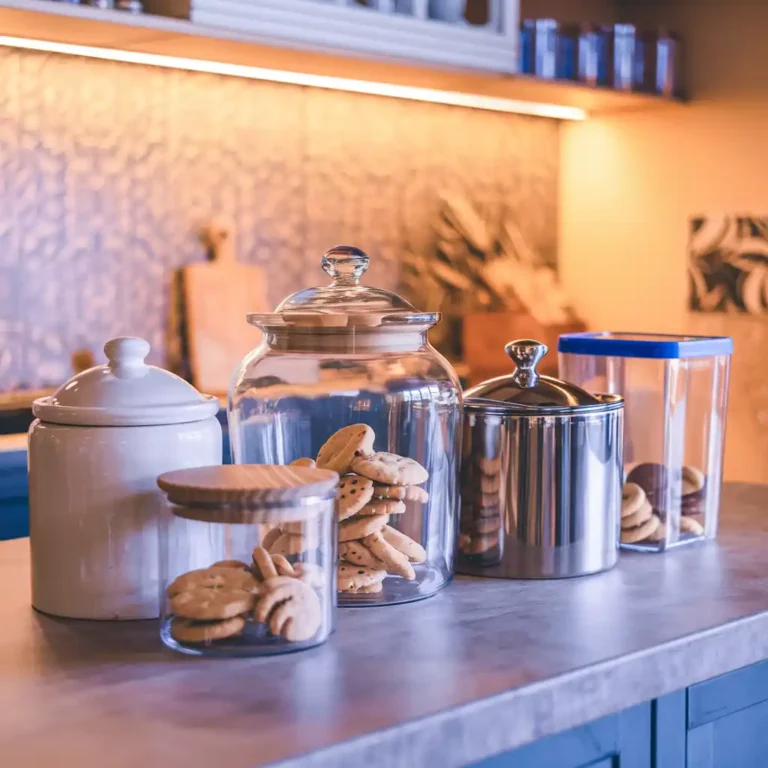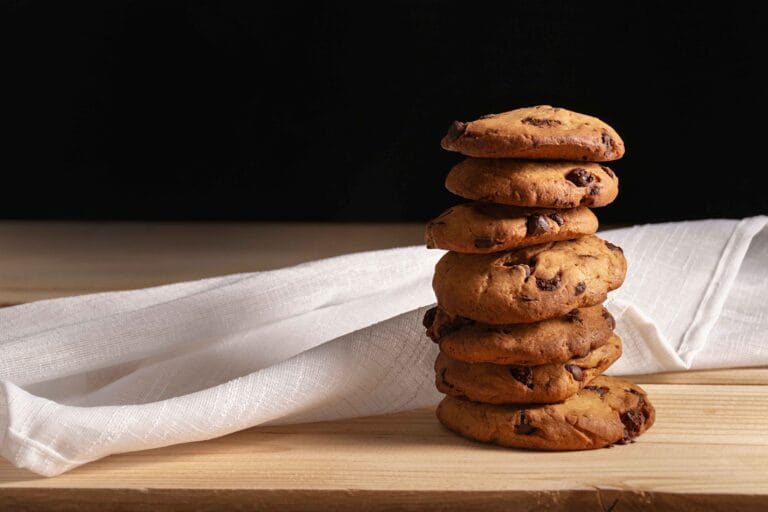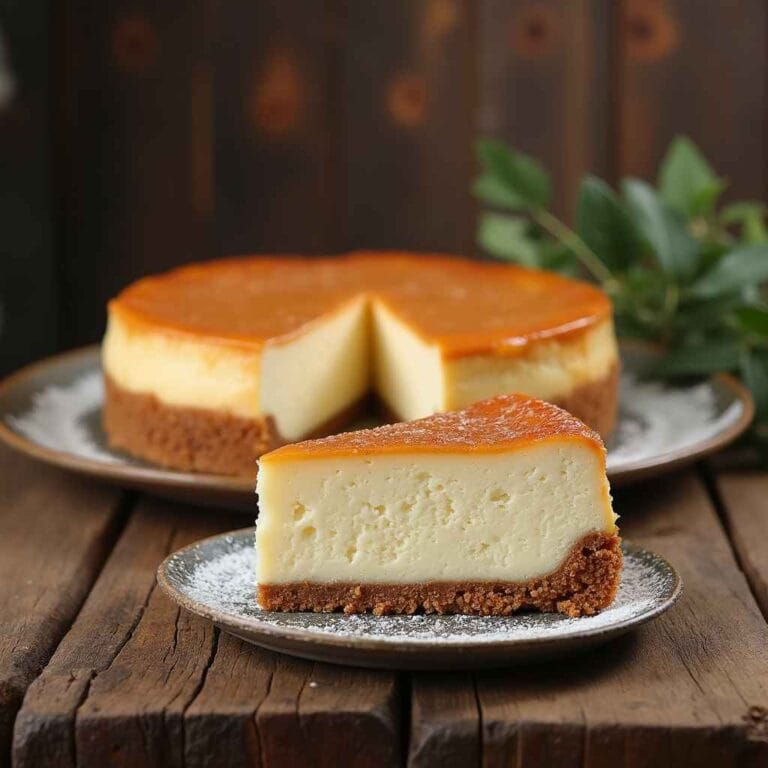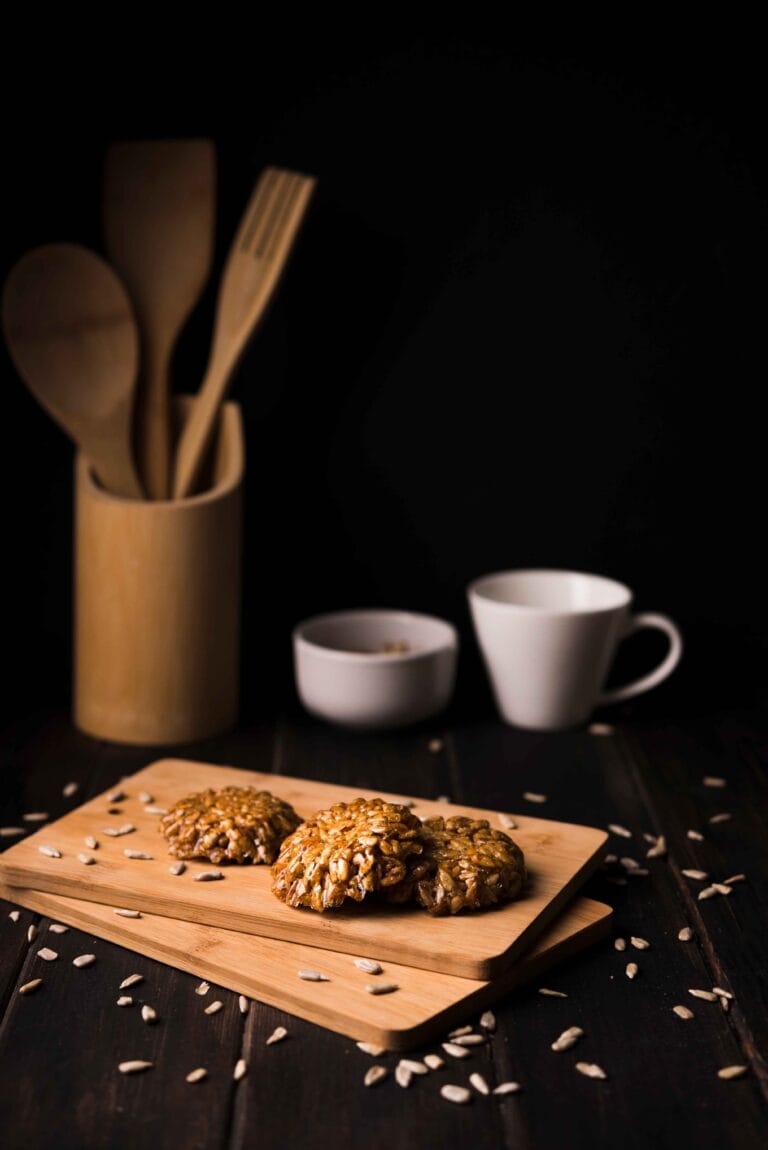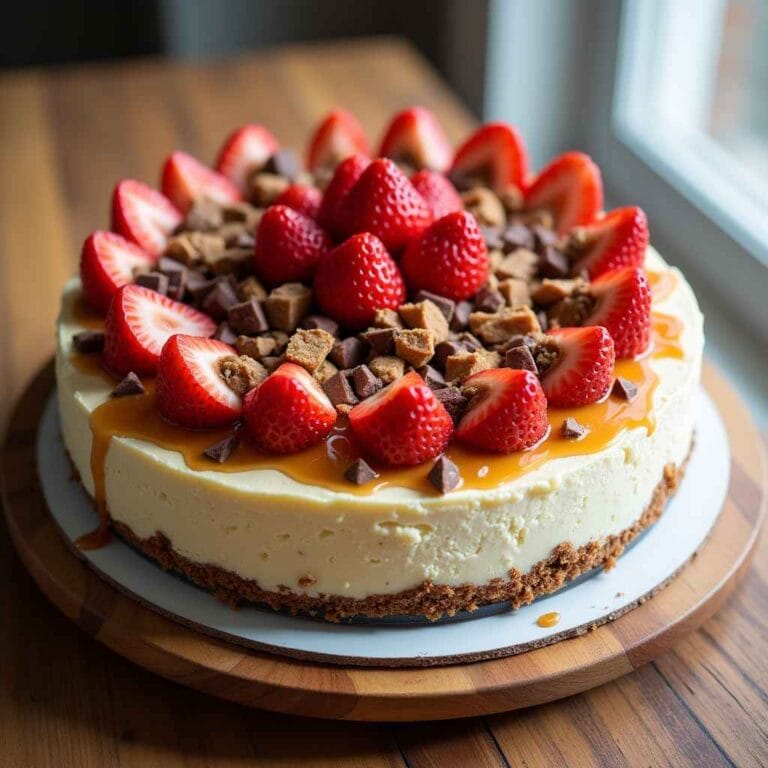The Best Substitutes for Brown Sugar in Chocolate Chip Cookies
Baking chocolate chip cookies is a timeless tradition that fills kitchens with the comforting aroma of warm, gooey goodness. One key ingredient that bakers often rely on is brown sugar. Known for its ability to add a soft texture, moisture, and a subtle hint of caramel flavor, brown sugar plays a vital role in creating that perfect cookie bite. But what happens when you’re ready to bake, and you find your pantry devoid of this essential ingredient?
Fortunately, there are several substitutes you can use to make your chocolate chip cookies just as delightful. In this article, we’ll explore why brown sugar is important, common alternatives, and practical tips for replacing it without compromising the quality of your cookies.
Why is Brown Sugar Important in Cookies?
When it comes to baking chocolate chip cookies, brown sugar isn’t just a sweetener—it’s a game-changer. Its unique properties impact both the texture and flavor of your cookies, creating that beloved chewy, moist, and rich-tasting result.
Understand the role of brown sugar in baking and why it’s essential for perfect cookies.
The Role of Brown Sugar in Baking
Brown sugar is essentially white sugar combined with molasses. This combination lends it a distinctive flavor and moisture content, making it a preferred choice for baking cookies. Here’s why:
- Moisture Retention: The molasses in brown sugar helps retain moisture in the dough, keeping cookies soft and chewy.
- Caramelization: During baking, brown sugar contributes to caramelization, producing a deeper, richer flavor and color.
- Acidity: Brown sugar is slightly acidic, which reacts with baking soda to create leavening. This reaction helps cookies rise and maintain a light texture.
How Brown Sugar Impacts Cookie Texture
Brown sugar alters the texture of cookies by:
- Adding Chewiness: The hygroscopic nature of brown sugar draws in and holds moisture, resulting in a chewier texture compared to cookies made with white sugar alone.
- Enhancing Thickness: Its molasses content slows gluten formation, leading to thicker cookies.
- Creating Softness: The added moisture prevents cookies from becoming dry or overly crisp.
How Brown Sugar Affects Flavor
Brown sugar doesn’t just add sweetness—it contributes a distinct flavor that balances other ingredients:
- Hints of Caramel: The molasses gives a mild caramel-like taste that enhances the overall flavor profile of chocolate chip cookies.
- Depth and Richness: Unlike white sugar, brown sugar provides a warm and complex sweetness that pairs perfectly with chocolate.
Understanding the importance of brown sugar sets the stage for discovering substitutes that can mimic its unique qualities. Each replacement comes with its own set of adjustments and considerations, which we’ll explore next.
Common Substitutes for Brown Sugar
Running out of brown sugar doesn’t mean you have to abandon your cookie plans. Many alternatives can replicate its flavor and texture with a few adjustments. Let’s explore some popular substitutes and how to use them effectively.
Granulated Sugar and Molasses
The most direct substitute for brown sugar is a homemade blend of granulated sugar and molasses. This combination closely mimics the composition and taste of brown sugar.
- Ingredients Needed:
- Granulated sugar
- Molasses (light or dark, depending on the intensity of flavor desired)
- How to Make It:
- Combine 1 cup of granulated sugar with 1 tablespoon of molasses for light brown sugar.
- For dark brown sugar, increase the molasses to 2 tablespoons.
- Advantages:
- Offers the same moisture and caramelization as store-bought brown sugar.
- Easy to customize based on your recipe.
- Tips:
- Mix thoroughly to ensure even distribution of molasses.
- Use immediately or store in an airtight container.
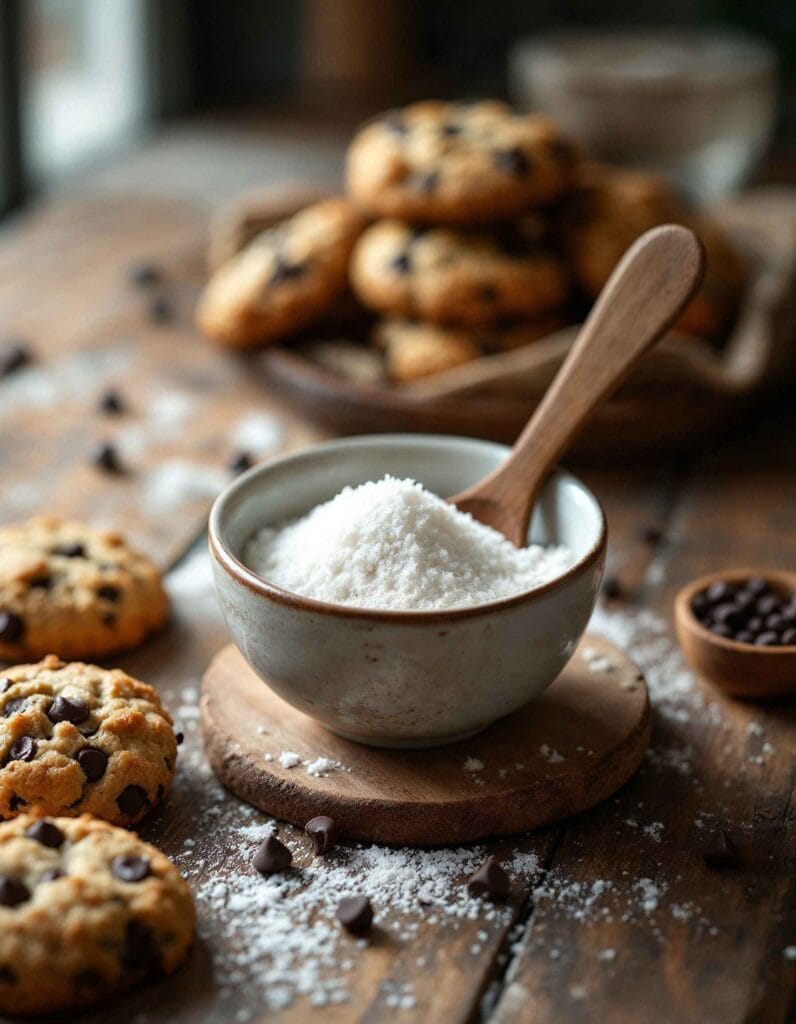
Learn how to bake delicious chocolate chip cookies without brown sugar using this easy recipe.
Honey as a Brown Sugar Substitute
Honey can be a suitable alternative, especially for adding sweetness and moisture to cookies.
- How to Use Honey:
- Substitute 1 cup of brown sugar with ¾ cup of honey.
- Reduce the liquid in the recipe slightly to balance the added moisture from honey.
- Impact on Cookies:
- Honey lends a mild floral sweetness.
- Cookies may spread more, resulting in thinner, slightly softer treats.
- Considerations:
- Use raw or lightly processed honey for the best flavor.
- Adjust baking temperature slightly lower to prevent excessive browning.
Maple Syrup as a Replacement
Maple syrup is another natural substitute that works well in cookies. Its distinct flavor can complement chocolate.
- How to Use Maple Syrup:
- Replace 1 cup of brown sugar with ¾ cup of pure maple syrup.
- Reduce other liquids in the recipe by about 3 tablespoons.
- Advantages:
- Adds a subtle maple flavor to cookies.
- Keeps cookies moist and soft.
- Challenges:
- Syrupy consistency may require additional adjustments to maintain dough structure.
Coconut Sugar as a Substitute
Coconut sugar is an excellent replacement for brown sugar due to its similar flavor profile and texture.
- Why Choose Coconut Sugar?
- Made from coconut palm sap, it has a rich, caramel-like taste.
- Offers a healthier option with a lower glycemic index.
- How to Use It:
- Substitute 1 cup of brown sugar with 1 cup of coconut sugar in a 1:1 ratio.
- Impact on Cookies:
- Cookies will be slightly drier since coconut sugar lacks the moisture content of molasses.
- May result in a slightly crunchier texture.
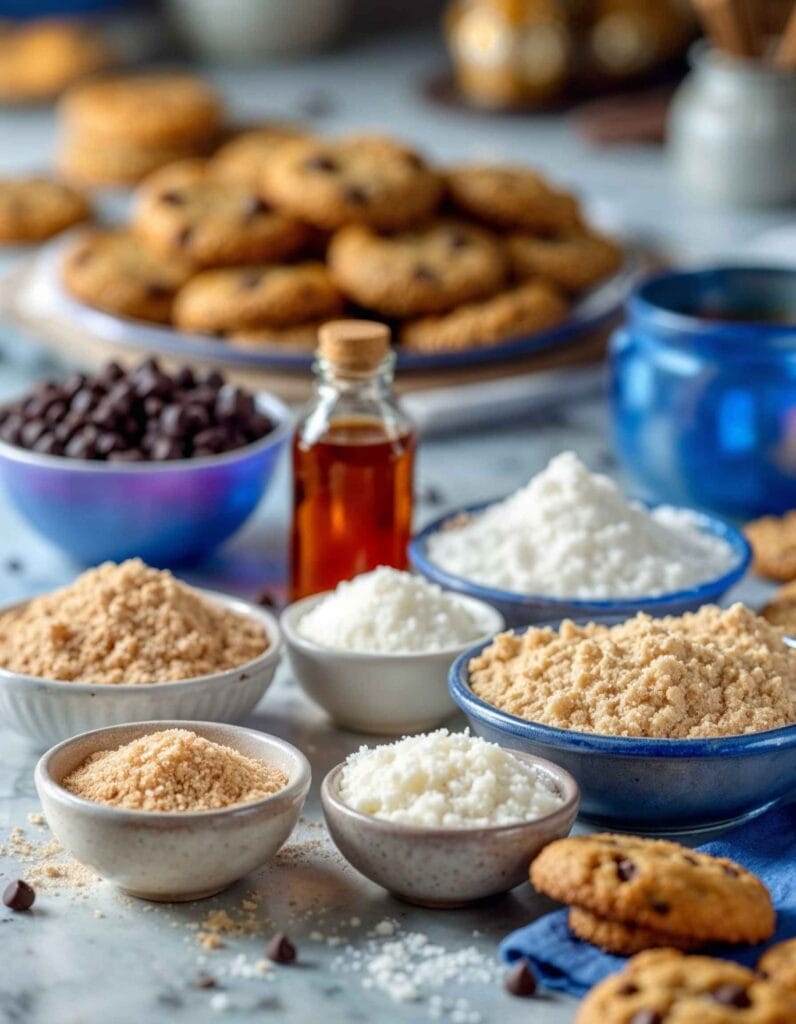
Using White Sugar Alone
If you don’t have molasses or liquid sweeteners, plain white sugar can stand in for brown sugar in a pinch.
- How to Use It:
- Replace brown sugar with an equal amount of white sugar.
- Impact on Cookies:
- Cookies will lack the chewiness and rich flavor that brown sugar provides.
- Texture will be crisper, and the taste will be less complex.
- Tips:
- Add a teaspoon of vanilla extract or a pinch of cinnamon to enhance flavor.
These substitutes offer plenty of flexibility to ensure your chocolate chip cookies turn out delicious, even without brown sugar. Each option comes with unique characteristics, so experiment to find what works best for your recipe.
Discover the secret ingredient to keep your cookies soft and chewy every time.
Other Liquid Sweeteners
When traditional brown sugar substitutes aren’t available, other liquid sweeteners can step in as viable replacements. These alternatives bring unique flavors to cookies and require slight adjustments to maintain the dough’s consistency.
Agave Syrup as a Substitute
Agave syrup is a versatile sweetener that works well in baking, offering a mild and neutral flavor.
- How to Use Agave Syrup:
- Replace 1 cup of brown sugar with ¾ cup of agave syrup.
- Reduce the other liquids in your recipe by 3 tablespoons to balance the additional moisture.
- Advantages:
- Suitable for vegan baking.
- Provides sweetness without overpowering flavors.
- Challenges:
- Results in slightly softer, thinner cookies.
- Agave syrup lacks the caramelized taste of brown sugar.
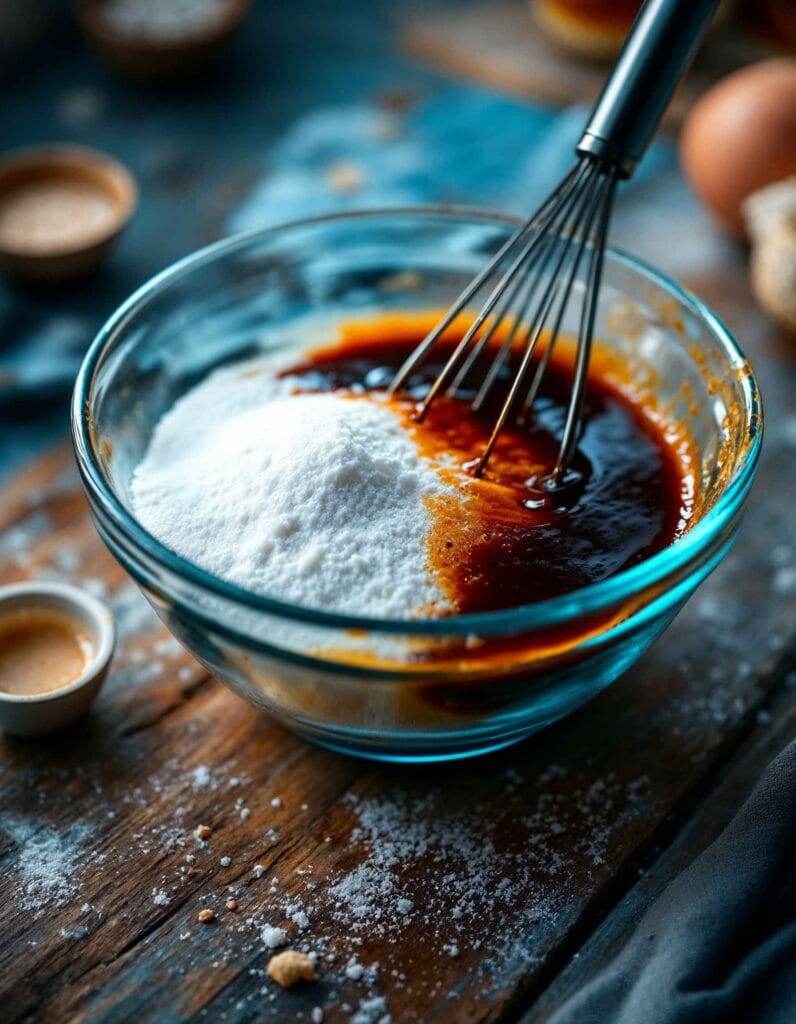
Golden Syrup as a Replacement
Golden syrup is a rich, amber-colored liquid sweetener made from sugar cane or sugar beet, offering a flavor similar to molasses.
- How to Use Golden Syrup:
- Replace 1 cup of brown sugar with ¾ cup of golden syrup.
- Adjust other liquid ingredients in the recipe accordingly.
- Impact on Cookies:
- Cookies develop a light caramel flavor.
- Produces a softer and chewier texture.
- Considerations:
- May alter the cookie color slightly, making it more golden.
Making DIY Brown Sugar
If you have access to basic ingredients like granulated sugar and molasses, you can easily create brown sugar at home.
- Ingredients Needed:
- Granulated sugar.
- Molasses (either light or dark).
- Step-by-Step Guide:
- Combine 1 cup of granulated sugar with 1 tablespoon of molasses for light brown sugar.
- For dark brown sugar, use 2 tablespoons of molasses.
- Mix the ingredients in a bowl with a fork or electric mixer until the molasses is fully incorporated.
- Advantages of DIY Brown Sugar:
- Customizable flavor intensity.
- Fresh and ready to use immediately.
- Storage Tips:
- Store your homemade brown sugar in an airtight container to keep it soft and moist.
- Add a small piece of bread or a damp paper towel to the container to maintain its texture.
Comparing Liquid Sweeteners to Brown Sugar
Each liquid sweetener substitute—agave syrup, golden syrup, honey, or maple syrup—adds distinct qualities to cookies. However, they generally lack the molasses content that creates the chewy, caramelized texture brown sugar provides.
- Pros:
- Contribute moisture to the dough.
- Add unique flavor profiles that enhance cookies in unexpected ways.
- Cons:
- Require careful balancing of wet and dry ingredients.
- May result in cookies with a slightly different texture or appearance.
By combining creativity with available ingredients, you can confidently replace brown sugar in your favorite chocolate chip cookie recipes. In the next section, we’ll explore how these substitutes affect the taste and texture of your cookies.
How Substitutes Affect Chocolate Chip Cookies
Every substitute for brown sugar brings unique changes to the taste, texture, and overall appearance of your chocolate chip cookies. Understanding these effects can help you make the best choice for your recipe and expectations.
Impact on Texture
- Granulated Sugar with Molasses:
- This combination replicates the moist, chewy texture of cookies made with store-bought brown sugar.
- Provides the closest match to the original recipe.
- Honey or Maple Syrup:
- Adding these liquid sweeteners makes cookies softer and potentially thinner due to the increased moisture content.
- Honey contributes to a slightly stickier texture, while maple syrup can give a light crispness around the edges.
- Coconut Sugar:
- Since coconut sugar lacks the moisture content of molasses, cookies may turn out drier and slightly crumblier.
- Its granulated texture helps maintain cookie thickness.
- White Sugar Alone:
- Using only white sugar leads to crispier cookies with less chewiness.
- The absence of molasses means cookies will be lighter in color and less rich in flavor.
Changes in Flavor
- Granulated Sugar and Molasses:
- Delivers a caramelized, warm sweetness almost identical to that of brown sugar.
- Adjustable to create either light or dark brown sugar flavors.
- Honey:
- Adds a subtle floral or fruity sweetness, depending on the type of honey used.
- May slightly overpower the classic chocolate chip cookie flavor if overused.
- Maple Syrup:
- Brings a rich, earthy sweetness with a hint of smokiness.
- Pairs beautifully with dark chocolate or nuts for a unique twist.
- Coconut Sugar:
- Offers a nutty, caramel-like flavor that complements chocolate well.
- Less intense than traditional brown sugar but still delicious.
- White Sugar Alone:
- Lacks the depth and complexity of brown sugar’s molasses flavor.
- Creates a simpler, straightforward sweetness.
Adjustments for Cookie Spread
Brown sugar influences how much cookies spread during baking, and substitutes can alter this dynamic:
- Granulated Sugar and Molasses:
- Produces a dough similar in consistency to that made with brown sugar, ensuring the cookies spread just the right amount.
- Liquid Sweeteners:
- Honey and maple syrup tend to make cookies spread more due to their higher moisture content.
- Chilling the dough before baking can help control spreading.
- Coconut Sugar:
- Helps maintain cookie shape due to its dry texture.
- White Sugar Alone:
- Results in a flatter, more spread-out cookie due to the lack of moisture.
Best Practices for Substitutions
- Test Small Batches: Experiment with small portions of dough when using substitutes to determine the best ratios for your recipe.
- Balance Wet and Dry Ingredients: Adjust the amount of flour or liquid to compensate for changes in dough consistency.
- Enhance Flavor: Add vanilla extract, cinnamon, or a pinch of salt to compensate for flavor differences caused by the substitutes.
By understanding how each substitute affects the texture, flavor, and appearance of your cookies, you can achieve the perfect balance, even without brown sugar. In the final section, we’ll cover practical tips for making substitutions seamless and avoiding common mistakes.
Frequently Asked Questions
What is a substitute for brown sugar in chocolate chip cookies?
If you don’t have brown sugar, a great substitute is granulated sugar mixed with molasses. Use 1 cup of granulated sugar and 1 tablespoon of molasses to make light brown sugar. Other substitutes include honey, maple syrup, or coconut sugar, each adding its unique flavor and texture to the cookies.
What happens if you don’t use brown sugar in cookies?
Cookies made without brown sugar tend to be crisper and less chewy. Brown sugar adds moisture and a caramel-like flavor, so omitting it can result in a lighter texture and a less rich flavor. Using white sugar alone will make cookies sweeter and less complex in taste.
What is a good substitute for brown sugar in baking?
A common and effective substitute is a combination of granulated sugar and molasses, which closely mimics the properties of brown sugar. Coconut sugar, honey, or maple syrup are also excellent options for baking, depending on the recipe and desired flavor.
Can I use maple syrup instead of brown sugar in cookies?
Yes, maple syrup can be used as a substitute for brown sugar in cookies. Replace 1 cup of brown sugar with ¾ cup of pure maple syrup and reduce the liquid in the recipe by about 3 tablespoons to account for the syrup’s added moisture. This will result in cookies with a soft texture and a subtle maple flavor.
Conclusion
Running out of brown sugar doesn’t have to ruin your cookie-baking plans. From granulated sugar and molasses to coconut sugar and maple syrup, a wide range of substitutes can replicate the qualities of brown sugar while adding unique twists to your chocolate chip cookies. By experimenting with these alternatives and adjusting your recipe, you can create cookies that are just as soft, chewy, and flavorful as the original. Embrace the opportunity to innovate, and you might discover a new favorite recipe along the way!

